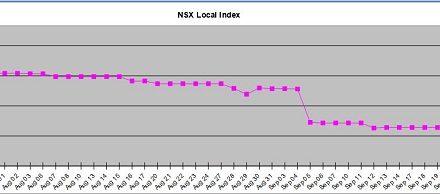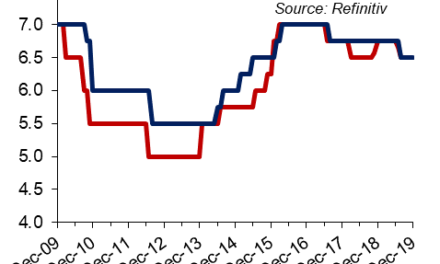
Angolan diplomatic vehicle ignores animal disease control measures
A distressing incident happened last week at the veterinary control point on the Oshikango Ondangwa road just a short distance south of Ohangwena after the Eenhana turn-off.
A Member of Parliament and his entourage were travelling south on this road when their vehicle had to stop for the standard hygiene control procedure at the veterinary control point.
When a vehicle crosses one of these control points of which there now are many following the increased measures to control the spread of Foot and Mouth disease, all the occupants have to get out. The vehicle tyres are sprayed with an antiseptic agent that is supposed to kill the germs. Similarly, every person in that vehicle has to stand on a sponge mat soaked in the same agent, presumably to kill germs on the soles of the feet or shoes, again presumably picked up by inadvertently stepping into a pile of cow poo.
Whichever way the exact transmission of the disease works in cases like this, I have absolutely no clue. I only know that these are the methods prescribed by the Directorate of Veterinary Services in the Ministry of Agriculture, Water and Forestry. I also know the protective measures and the quarantine of certain areas, are not picked will nilly but executed according to a formal policy which is designed to contain the spread of FMD. This is based mostly on restricting the movement of cattle, and by monitoring the movement of people of one area to another. Hygiene control is a key element of enforcing this policy.
The successful execution of veterinary control measures has a very significant impact for red meat producers north of the so-called red line. It has an equal importance for cattle farmers in the commercial areas south of this line. Producers in the communal areas can not move or sell their cattle, forfeiting their income, in some cases substantial. Producers in the commercial areas run the risk of losing the red meat export quota to the European Union, or even access to the South African market, if there is only slightest suspicion of Food and Mouth infection. In fact, the traditional markets for our red meat take this disease so seriously, only one animal can shut the gate for all producers in a whole district. This is exactly what has happened in the Ohangwena region lately hence the strict quarantine of animals.
Approaching the Ohangwena veterinary control point, the Member of Parliament duly brought his vehicle to a stop, all passenger alighted and the control routine was completed. At this same instance, a black SUV with Angolan diplomatic number plates, skipped the queue, went off the road and passed the control point, sneaking through the barrier erected on the side of the road, and continued on its journey.
The officer of the Namibian Police manning the control point was flabbergasted. It is the police’s duty to assist the Directorate of Veterinary Services with law enforcement and to ensure the whole quarantine process delivers the intended results. The policeman complained to the Member of Parliament that this happens on a daily basis and that all Angolan diplomatic vehicles refuse point blank to stop, or to be disinfected in any way.
This diplomatic incident makes a mockery of any and all our intentions to get the Northern Communal Areas disease-free so that the farmers there can have easier access to conventional markets. If it were known that the Angolan Government’s employees are endangering our animal health control measures, the relevant authorities in the European Union will laugh at any attempt by Namibian producers to open up the export market to farmers in communal areas.
If, furthermore, it became known to the South African authorities that cattle from the northern communal areas pose a FMD risk, not a single head of cattle will leave those areas for the South African market. And perhaps most disconcerting is that the entire cattle industry for the whole of Namibia, can be forced to a standstill if all producers are denied access to the markets.
This has happened in Botswana in 2009 and 2010. In January 2010, I travelled from Mahango to Mohembo and from there to Maun en route to Ghantsi. There was a veterinary control point every 50 km or so, and the Botswana authorities took no nonsense. “If you want to proceed Sir, you get out of your car and step on that mat, regardless whether you have done it 50 km back.” At that point, Botswana’s access to red meat markets was suspended and it took a long while before their exports were reinstated.
If the Angolan diplomatic vehicle ignores our veterinary control points, I am sure it also passes unhindered through all subsequent police check points meaning if it is infected, it brings the threat of Foot and Mouth disease to the entire Namibia. It makes a mockery of any official attempt to control the disease. The irony is, the proven current Foot and Mouth infections originally came from Angola.












































